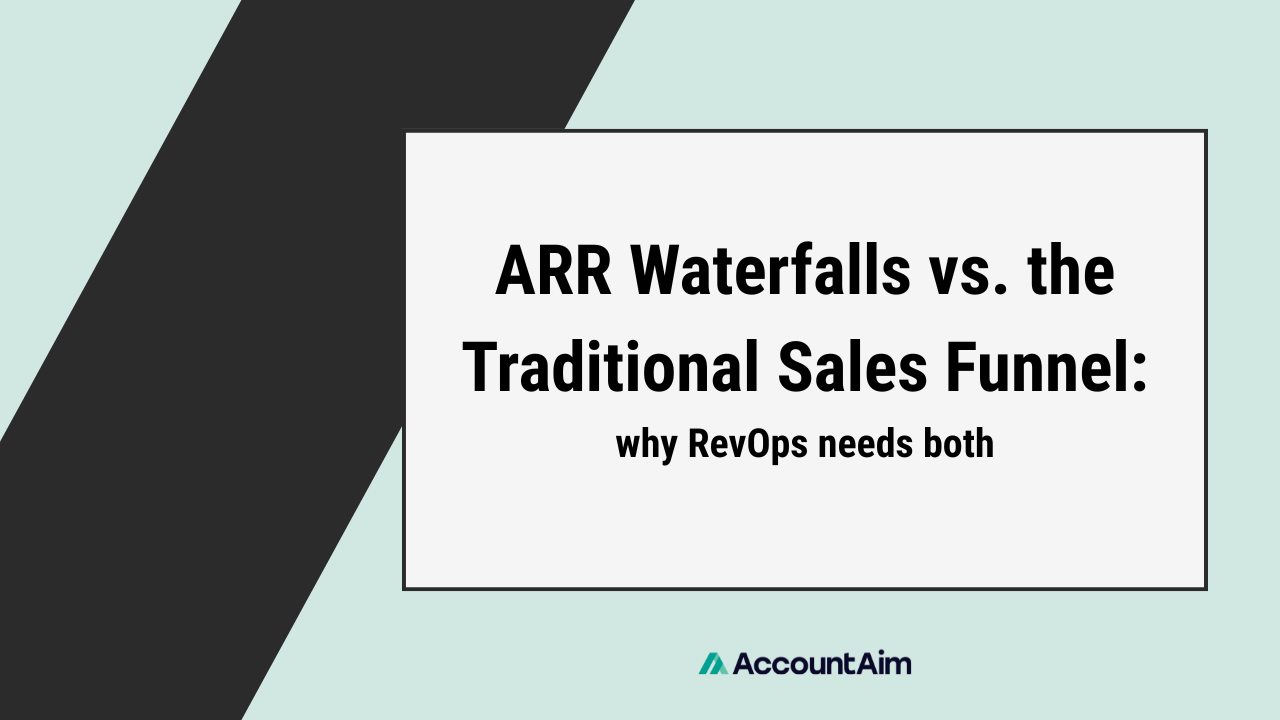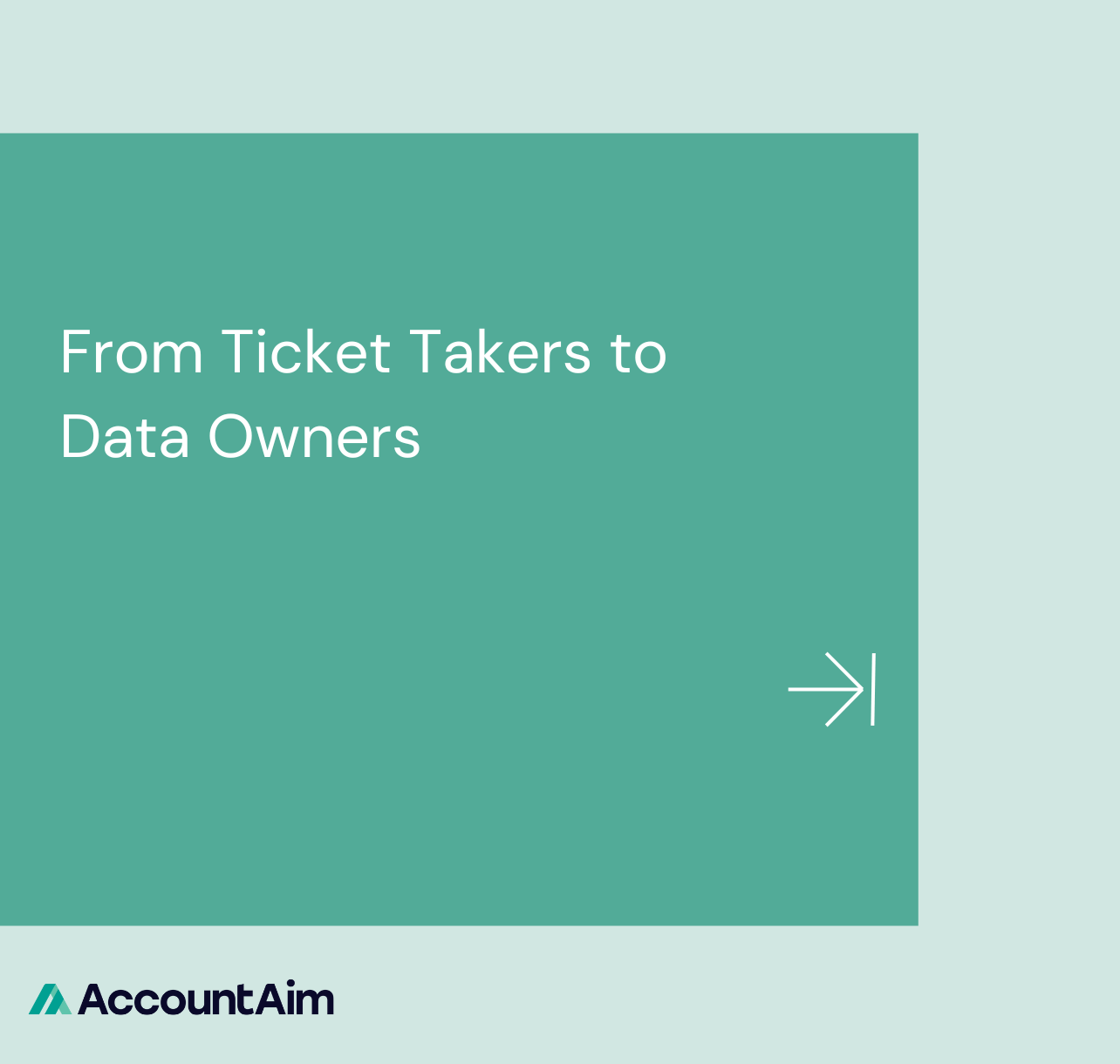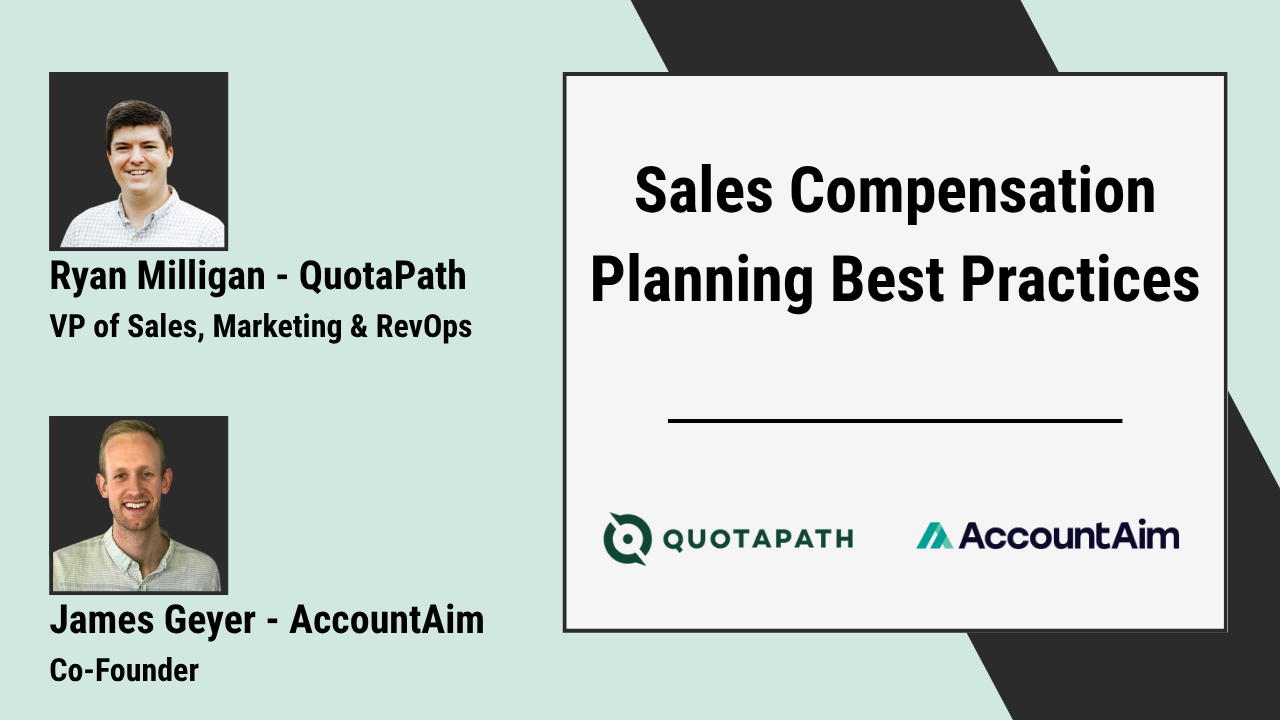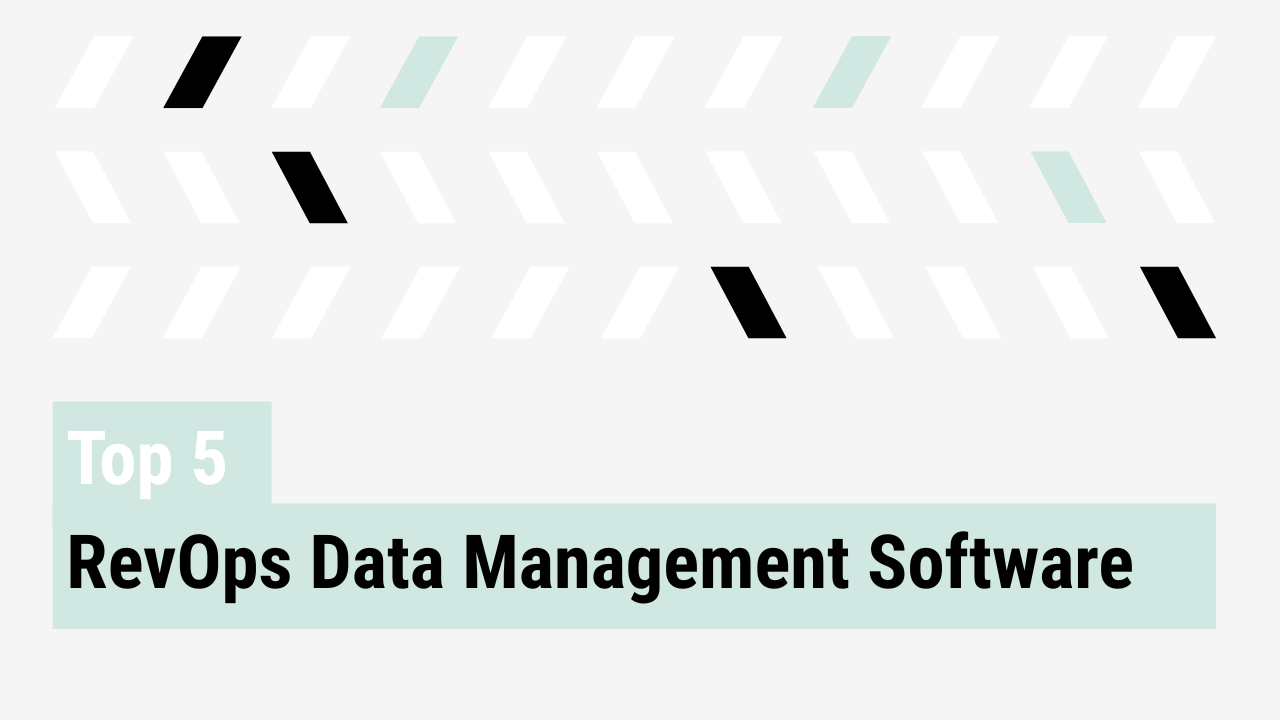RevOps teams spend a lot of time refining the sales funnel. And for good reason, understanding how leads convert into customers is foundational. But to truly steer revenue performance, you need more than just a pre-sale view. You need to know what happens after the deal is signed. That’s where ARR waterfalls come in.
The sales funnel: crucial, but incomplete
The traditional sales funnel maps the buyer journey from initial awareness to a closed deal. It’s the foundation for pipeline reviews, forecast calls, and campaign analysis. Each stage provides insight into prospect behavior and engagement:
- Awareness: Prospects become aware of your brand through ads, content, or events. This stage is focused on generating demand.
- Interest: Prospects engage further by visiting your website, subscribing to newsletters, or consuming more content.
- Consideration: Leads compare solutions and may start requesting demos or pricing. Sales development typically gets involved.
- Evaluation: Account executives engage in deeper discussions, often involving technical validation and custom proposals.
- Decision: The buying committee aligns internally, procurement begins, and deal terms are finalized.
- Closed-Won or Closed-Lost: The deal is either signed or lost, marking the final stage in the traditional funnel.
While this model is foundational for pipeline reviews, forecast calls, and campaign planning, it ends at the moment of acquisition. It doesn’t track what happens post-sale: renewals, expansions, or churn. In recurring revenue businesses, this gap leaves RevOps flying blind on what sustains or erodes revenue.
ARR waterfalls: visibility into post-sale revenue movement
ARR waterfalls break down recurring revenue changes over time into core components:
- New ARR from new customers. This captures revenue from entirely new logos added during the measurement period.
- Expansion ARR from upsells and cross-sells. This measures how much existing customer spend has grown due to additional products or seats.
- Contraction ARR from downgrades. This reflects reductions in spend from customers scaling back usage or services.
- Churn ARR from lost customers. This tracks the total ARR lost when customers cancel or fail to renew their contracts.
This structure reveals the flow of revenue with clarity. It shows where growth is happening, where it’s slipping, and what needs attention. Whether modeling retention scenarios or identifying segment-level risk, ARR waterfalls help RevOps teams act faster and with precision.
Why modern RevOps teams need both
Funnels track acquisition. Waterfalls track what happens after. Together, they create full lifecycle visibility.
This combination supports more accurate forecasting by including churn and upsell potential, improves attribution across the entire GTM team, and fosters better coordination between sales, customer success, and finance.
Using both models enables RevOps to lead with strategic foresight, not just reactive reporting. For C-suite leaders, this dual visibility supports more confident decision-making, aligns GTM investments with actual revenue outcomes, and ensures accountability at every stage of the customer lifecycle.
How to put this into practice
Use tools that can visualize both the sales funnel and ARR waterfall in one platform. Structure dashboards and QBRs to include pre-sale and post-sale metrics. Align on a shared set of definitions and targets across GTM and finance.
Visibility is the first step. Operational integration is what drives results.
Wrapping up the case for funnel and waterfall integration
Revenue goes beyond closed-won. It evolves over time. By using both the sales funnel and ARR waterfall, RevOps can manage revenue with confidence and accountability across the entire customer lifecycle.
Go a Step Further
If you enjoyed this article, watch the full conversation with Predictive Analytics Partners’ Will Sullivan on YouTube, and check out our other blog post on the benefits of ARR Waterfalls.



